Joint damage - the treatment of arthritis and arthrosis is complex. The sooner the therapy starts, the less pronounced the pathological process will be. The pathology of the musculoskeletal system can occur at any age, as a background of existing chronic diseases, as a result of trauma, or as a manifestation of congenital anomalies. Joint pathology requires not only traditional treatment methods in the form of medication, physiotherapy, but also lifestyle changes.
%20and%20arthrosis%20(right).jpg)
Differences in arthritis and arthrosis
Because of the root of the word, these two pathologies have a similar name, which is derived from the Latin word articulatio, translated as a joint. The ending - this means inflammation - the - meaning - deformity. The name is due to a process that takes place in the joints.
Arthritis affects the synovial membrane along with blood vessels and nerve endings. The production of synovial fluid is impaired. It develops at any age and can occur in children as a manifestation of connective tissue diseases, autoimmune pathology. One or more joints are involved, in rare cases polyarthritis occurs.
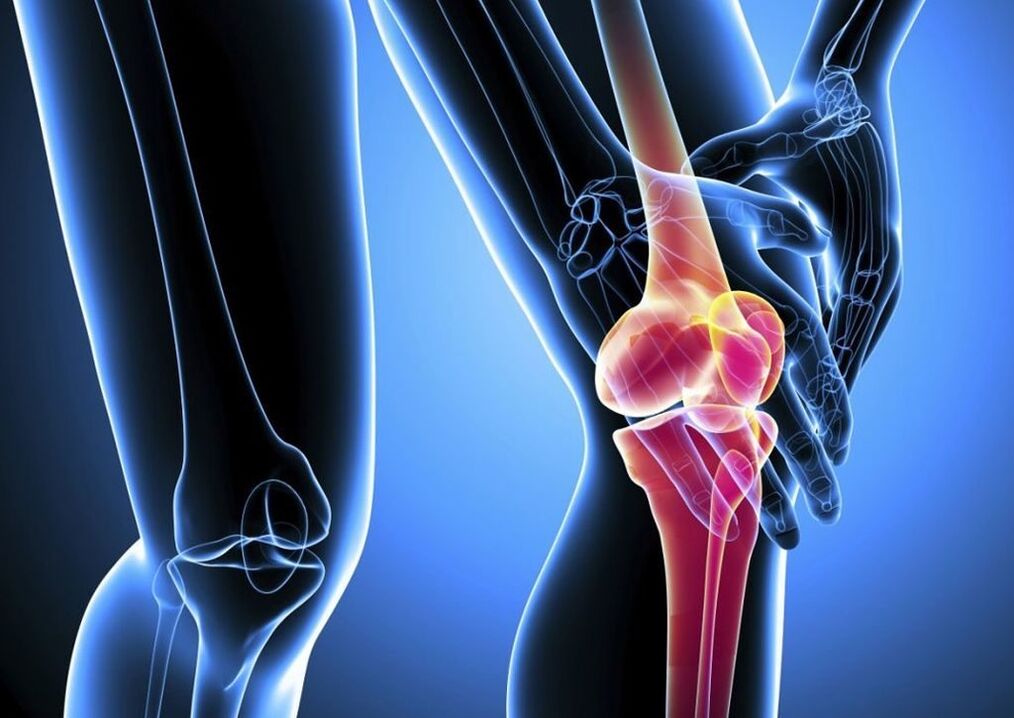
Osteoarthritis is characterized by the destruction of cartilage on the surface of the bone that makes up the joint. Cartilage tissue thins, and deformation sites are replaced by bone tissue. It develops in adulthood and can be the result of injuries. It mainly affects the large joints - knees, elbows, etc.
The first symptoms of arthritis are acute pain that occurs during movement and at rest, with stiffness of movement in the morning. In addition to local manifestations, this pathology is accompanied by general symptoms in the form of fever, general weakness, lethargy. Other organs are also affected by autoimmune diseases - the heart, the kidneys.
There are no symptoms in the early stages of arthrosis. Patients complain in the later stages, pain during exercise, cracking during movement, movement disorders. In the last stages, contractures appear.
Arthritis and arthrosis can be complications of each other.
Which doctor should I go to?
If arthritis and arthrosis are suspected, treatment should be given by specialists such as:
- Surgeon - examining the condition of the tissues.
- The rheumatologist deals with autoimmune diseases.
- Traumatologist - treats pathology caused by injuries.
- Orthopedic - deals with the rehabilitation of patients after a treatment.
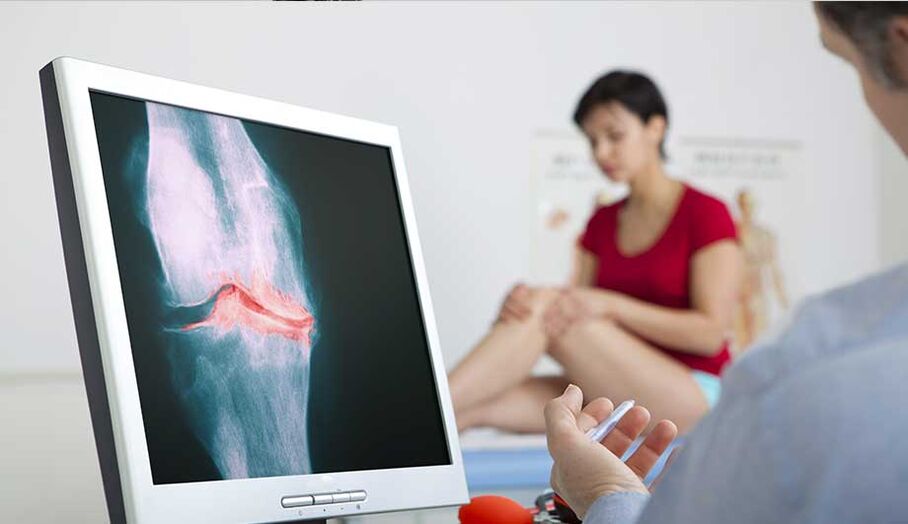
Principles of effective joint treatment
Effective joint treatment is based on an integrated approach, the period of exacerbations includes the use of anti-inflammatory drugs. During the remission period, physiotherapy methods, massage and gymnastics are prescribed. Arthrosis therapy differs in that it involves the use of chondroprotectors.
In case of arthritis, in addition to symptomatic treatment, etiotropic treatment should be prescribed. Antibiotics and hormonal agents for autoimmune diseases are prescribed with the development of reactive arthritis in the background of the infection. Treatment may include antiviral agents, immunomodulators.

Arthritis and arthrosis are pathologies in which blood circulation and lymph flow are disrupted, so their effective treatment is based on the normalization of these processes and the improvement of tissue nutrition.
Effective treatment of joints in the presence of synovitis is based on the use of anti-inflammatory drugs in the background of arthritis and arthrosis.
Reducing the strain on the affected limbs is a must. This includes conservative methods - wearing orthopedic shoes, protecting joints from injury, normalizing weight, and administering physical activity.
How to cure arthrosis and arthritis? Arthrosis is a progressive disease. It is completely incurable, so the main task of therapy is to prevent the further development of deformity.
The arthritis that underlies the underlying disease disappears after treatment of the pathology that causes the arthritis.
Treatment methods
The treatment for foot arthrosis and arthritis is the same as for other joints. Be sure to wear appropriate shoes with arch support. When wearing high heels and flat shoes, the deformation progresses, and other groups of the joints and spine are also involved in the process.
The main methods of treating joint pathology are:
- lifestyle correction;
- orthopedic correction;
- physiotherapy;
- massage;
- physiotherapy;
- drug treatment;
- surgical intervention.
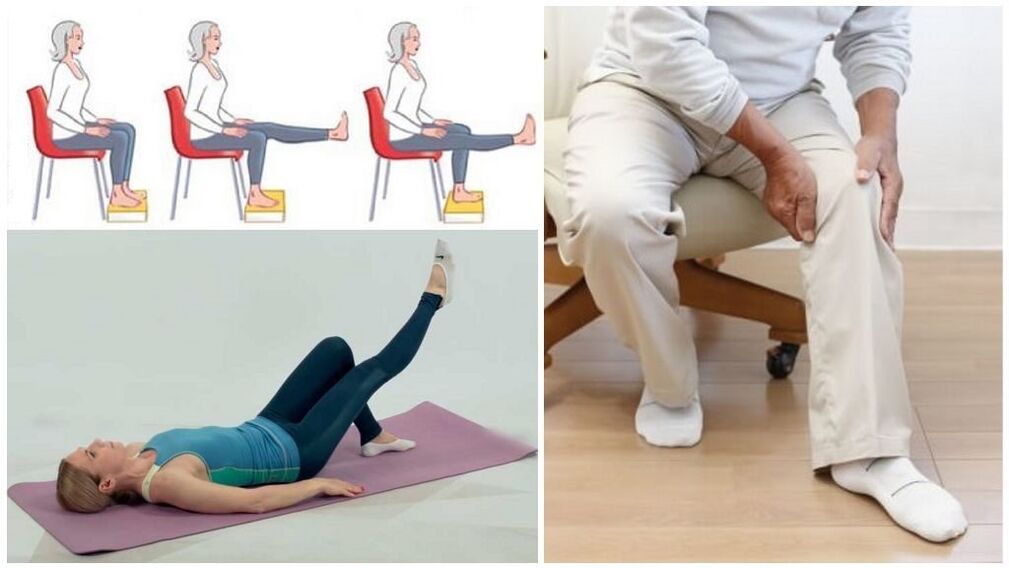
Non-pharmacological methods
How to treat arthritis at home? Treatment of arthritis and arthrosis at home is performed by compression with dimethyl sulfoxide, bischophyte, or bile. All of these materials can be purchased at the pharmacy.
- Bischofite - relieves inflammation, has a local warming effect. It is prescribed to treat large joints whose deformation is not complicated by synovitis.
- Medical bile has a local warming and absorbing effect.
- Dimethyl sulfoxide relieves inflammation and is absorbed into deep tissues.
You can also use anti-inflammatory ointments. If arthritis is caused by autoimmune diseases, connective tissue pathology, gout, then diet is of great importance in therapy. The diet is saturated with vegetables, fruits, fiber, excluding:
- fried and fatty foods;
- smoked meats;
- conserve;
- carbonated beverages;
- alcohol.
In the case of gouty arthritis, it is also necessary to exclude spices, spicy spices, fatty meats, caviar, legumes, coffee, tea, chocolate.
Benefits for joint health:
- pineapple;
- Cherry juice;
- ginger;
- citron;
- curcuma;
- hot chili peppers.

It is important for a patient treating arthrosis at home to incorporate the gel and gel into their diet. In the early stages, these vessels serve as a natural chondroprotector and stimulate cartilage repair. The restriction applies to salt and mineral water.
The next step in home therapy is daily joint exercises and stretching. Arthritis of small joints is prevented by activities in which the fine motor skills of the hand are involved - modeling, drawing. They are useful for the general improvement of the body - cycling, swimming.
Medical treatment
Treatment of osteoarthritis with the help of drugs consists of the appointment of NSAIDs, chondroprotectors. Forms of release - tablets, capsules, injections, ointments and gels. Oral release has several contraindications, such as bronchial asthma and gastric ulcer.
Prolonged use may cause gastric bleeding. Ointments have no contraindications, but their effectiveness is lower.
Dosage is prescribed by your doctor, usually 1-2 tablets a day, propionic acid derivatives up to 1 tablet every 4-6 hours.
Hormonal drugs are injected into the joint cavity. It is prescribed for severe pain that is not relieved by NSAIDs. The most commonly prescribed glucocorticoids.
Chondroprotectors - a group of medicines prescribed to repair cartilage tissue. When used orally, it is used for a long course - up to 3 months, intraarticularly - for up to 2 weeks. The main active ingredients are chondroitin, glucosamine and hyaluronic acid. Ointments with chondroprotectors are effective in preventing joint pathology.
Arthritis is treated by injecting a therapeutic substance through the skin with a laser. These methods include phonophoresis and electrophoresis.
Phonophoresis - the device creates a directed flow that improves tissue permeability for drug delivery. In addition, the radiation massages deep tissues, thereby improving their nutrition, increasing blood circulation and reducing inflammation.
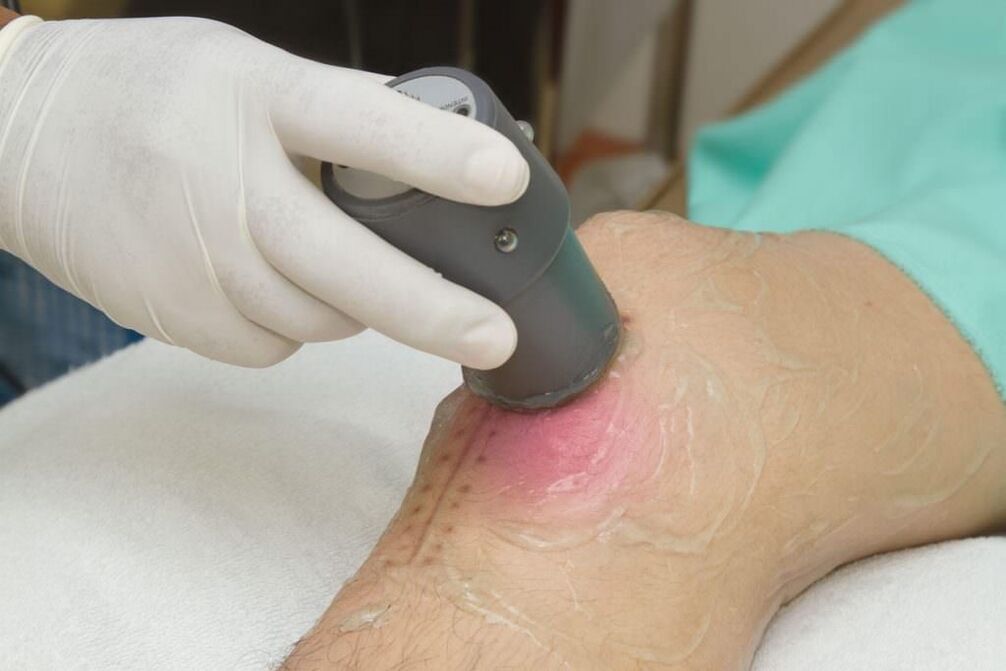
Electrophoresis is the effect of an electric current that breaks down substances into ionized particles. The tissue is impregnated with medication and placed under electrodes of opposite charge. An electric field is created in the affected area, allowing the drug to penetrate deep tissues. The number of such procedures is up to 10.
Medication for arthrosis in the early stages is effective. In the future, drugs will not achieve the desired effect.
Surgery
In the case of arthrosis and arthritis, surgical treatment of the joints is recommended if the movement in the joint is already impaired, the pain is constantly tormenting, and medications are not eliminated. The main operation is arthroplasty.
Puncture is used to examine, remove, and administer medication for joint fluid.
Arthroscopy refers to research methods, but can also be therapeutic. In arthrosis, osteophytes are removed using an endoscope.
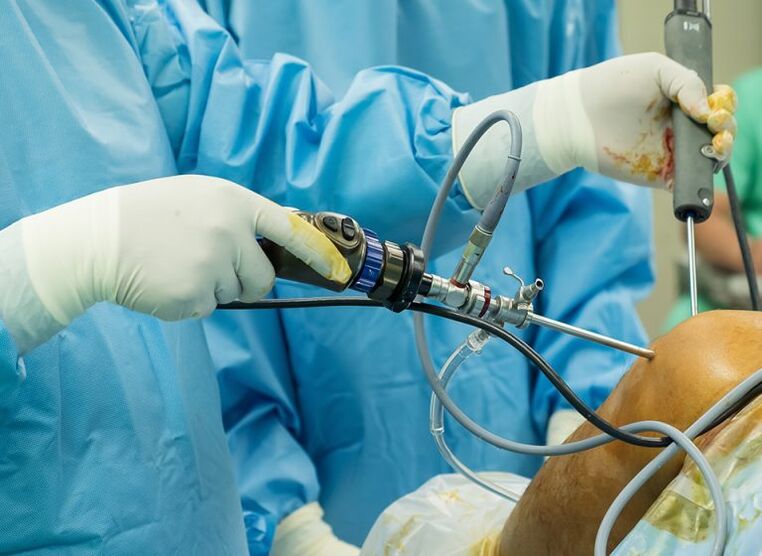
Osteotomy - cutting out the bone marrow to reduce the strain on the patient's joint. It is used for arthritis.
Prevention of arthrosis and arthritis
You need to change your lifestyle to keep your joints healthy. Namely for creating a diet, weight loss, regular exercise. The onset of the first pathological symptoms requires specialist consultation, research and treatment.

























